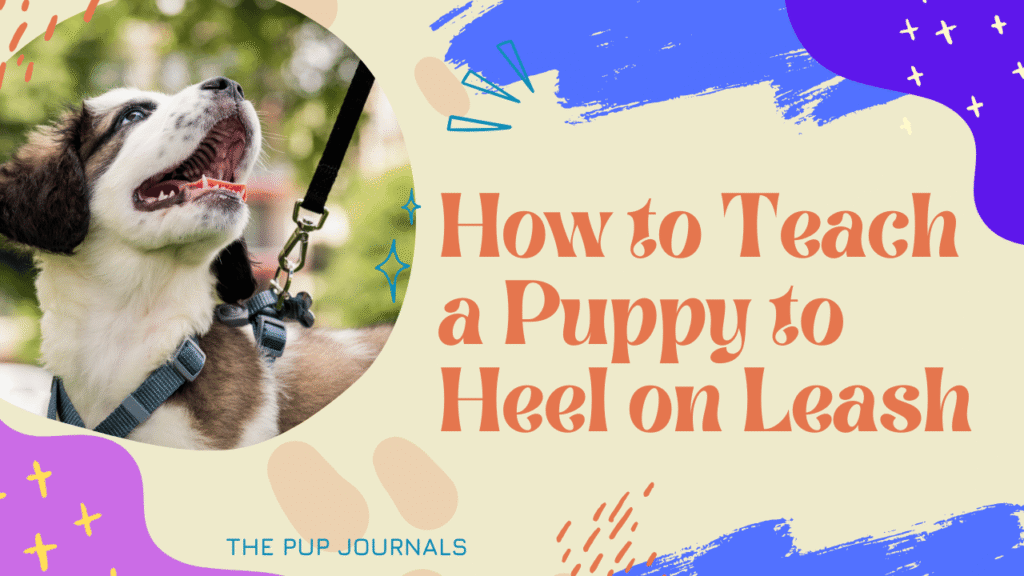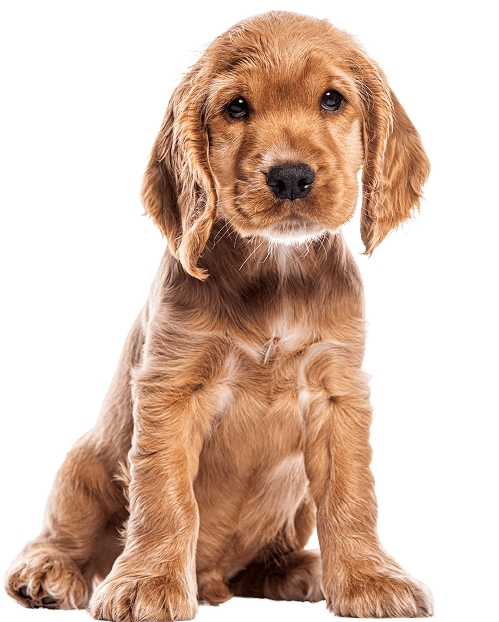
Table of contents
‘Potty train a dog‘ is one of the first and most important lessons you’ll teach your dog. Whether you’re raising a puppy or welcoming an older dog into your home, housebreaking is key to maintaining a clean, hygienic environment and a happy household. A well-trained dog not only avoids accidents indoors but also develops discipline and trust. If you’re wondering how to approach this essential task, the following step-by-step guide will help you navigate the potty training process with confidence and success.
Why Potty Training Matters?
Proper potty training does more than just keep your floors clean. It contributes to your dog’s overall hygiene and comfort, fosters a bond of communication between you and your pet, and makes everyday life more enjoyable for everyone involved. When dogs know what is expected of them, they feel more secure and less anxious. Consistency in potty habits also reduces the likelihood of behavioral issues. Whether you’re dealing with a small puppy or adopting an adult dog, the right training method makes all the difference.
Step-by-Step Instructions for Housebreaking Your Dog:
- Establish a Consistent Schedule:
Dogs thrive on routine. To train your dog effectively, you need to set and maintain a consistent daily schedule. Take your dog outside at key times, first thing in the morning, after meals, after naps, after playtime and before bedtime. Every 1–2 hours for a young puppy. These predictable bathroom breaks help your dog learn when and where to relieve themselves. Over time, your dog’s body will adapt to the routine, reducing the chances of accidents. - Pick a Specific Potty Area:
Choose one designated spot outside where you want your dog to do their business. Always take them to this same area. Familiar smells in that location will act as cues, reinforcing the behavior you want. Keep this area calm and free of distractions to help your dog focus on the task. - Encourage with Rewards:
Praise and positive reinforcement are essential components of effective training. Whenever your dog goes potty in the right place, offer immediate rewards—whether that’s a small treat, verbal praise, or extra playtime. Dogs respond best to encouragement, and reinforcing good behavior makes it more likely to be repeated. - Pay Attention to Their Behavior:
Watch closely for signs that your dog needs to go, like sniffing around, pacing or circling, whining or barking near the door, or suddenly becoming restless.Catching these signals early allows you to take them outside before an accident happens. The quicker you respond, the faster they’ll learn what’s expected. - Make Use of a Crate:
Crate training can be a highly effective tool for housebreaking. Dogs instinctively avoid soiling their sleeping space. By using a crate when you can’t supervise your dog directly, you reduce the chance of indoor accidents. Be sure the crate is the right size—large enough for them to stand, turn around, and lie down comfortably, but not so big that they can use one corner as a bathroom. - Clean Up Accidents Correctly:
Accidents happen, especially early on. When they do, clean them thoroughly using an enzymatic cleaner designed to remove pet odors. This is important because dogs are likely to return to the same spot if they can still smell urine or feces. Avoid using ammonia-based cleaners, as they can mimic the scent of urine. - Stay Consistent and Patient:
Patience is essential. Some dogs catch on quickly, while others need more time. Setbacks are normal and should be handled with understanding, not punishment. Never scold or hit your dog for an accident—it only leads to fear and confusion. Instead, stay calm, reinforce positive behavior, and maintain your schedule. Eventually, your dog will get the hang of it.
Frequent Potty Training Pitfalls to Avoid:
- Even with the best intentions, certain mistakes can slow down progress. Here are common pitfalls to steer clear of:
- Inconsistent routines: Skipping potty breaks or feeding at irregular times confuses your dog and undermines training efforts. Stick to a consistent schedule for faster success.
- Punishing accidents: Yelling or punishing your dog for going indoors can cause anxiety and delay learning. Instead, redirect them and focus on rewarding good behavior.
- Not monitoring your dog: Leaving your dog unattended in the house, especially early in training, increases the risk of accidents. Supervision helps you catch and correct mistakes early.
- Overreliance on pee pads: While useful in some cases, puppy pads can delay the transition to outdoor potty habits. Use them sparingly and shift to outdoor breaks as soon as possible.
How Long Will It Take?
Every dog is different. On average, most puppies are fully potty trained between 4 to 6 months of consistent training. Some may take a bit longer, especially smaller breeds that have tiny bladders or adopted adult dogs with past trauma or no prior training. Remember that consistency, patience, and understanding are your best tools throughout the process.
Conclusion:
Potty training your dog might seem challenging at first, but with time, repetition, and encouragement, it becomes second nature. The keys to success are consistency, positive reinforcement, and staying attuned to your dog’s needs. Don’t be discouraged by occasional setbacks—they’re part of the learning curve. By following this guide and committing to the process, you’ll build a strong, trusting relationship with your dog and enjoy a clean, happy home together.
Curious Readers May Read this Reference : Read More



One Response